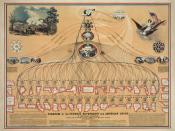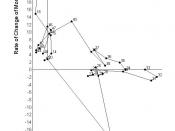Over time the law has attempted to address the imbalance of power in the employer/employee relationship. Understandably businesses need to be productive and profitable in order for their owners to make a reasonable return on their investment in the people they pay. Worker's, on the other hand are entitled to basic rights such as minimum wages, equal pay for work of equal value, freedom from discrimination and harassment, protection from unfair dismissal, a safe working environment and a fair system of industrial relations for the negotiation of workplace agreements with employers. It is often difficult for our law makers to fairly balance these rights. (Roger Woodgate etc Pg: 118) One of the most prevalent power imbalances occurs in the issue of termination of employment.
Termination of employment under common law
Under common law there is no provision made for unfair dismissal, thus subjecting employees to the "hire and fire" principal which leaves little recourse other than to sue, which is an expensive process.
Common law was found to be highly inadequate and created no form of equality as the power imbalance subjected employees to the whims of their employers. However, in 1993 under the Keating labor government major industrial relations reforms know as the Work Place Relations Act. This legislation was further updated under the Howard liberal government in 1996 and by the Queensland government in 1999. Although absolute equality can never be achieved, Queensland's industrial law has endeavored to limit the power imbalance by setting legal parameters that clearly state which employees can be dismissed and for what reasons. By the same token it also specifies the responsibilities of the employee to the employer. Most recently it has been ratified again by the Howard government in a controversial reform known as the Commonwealth Work Choices Act, that seems to...



paper
it is an average paper
0 out of 0 people found this comment useful.